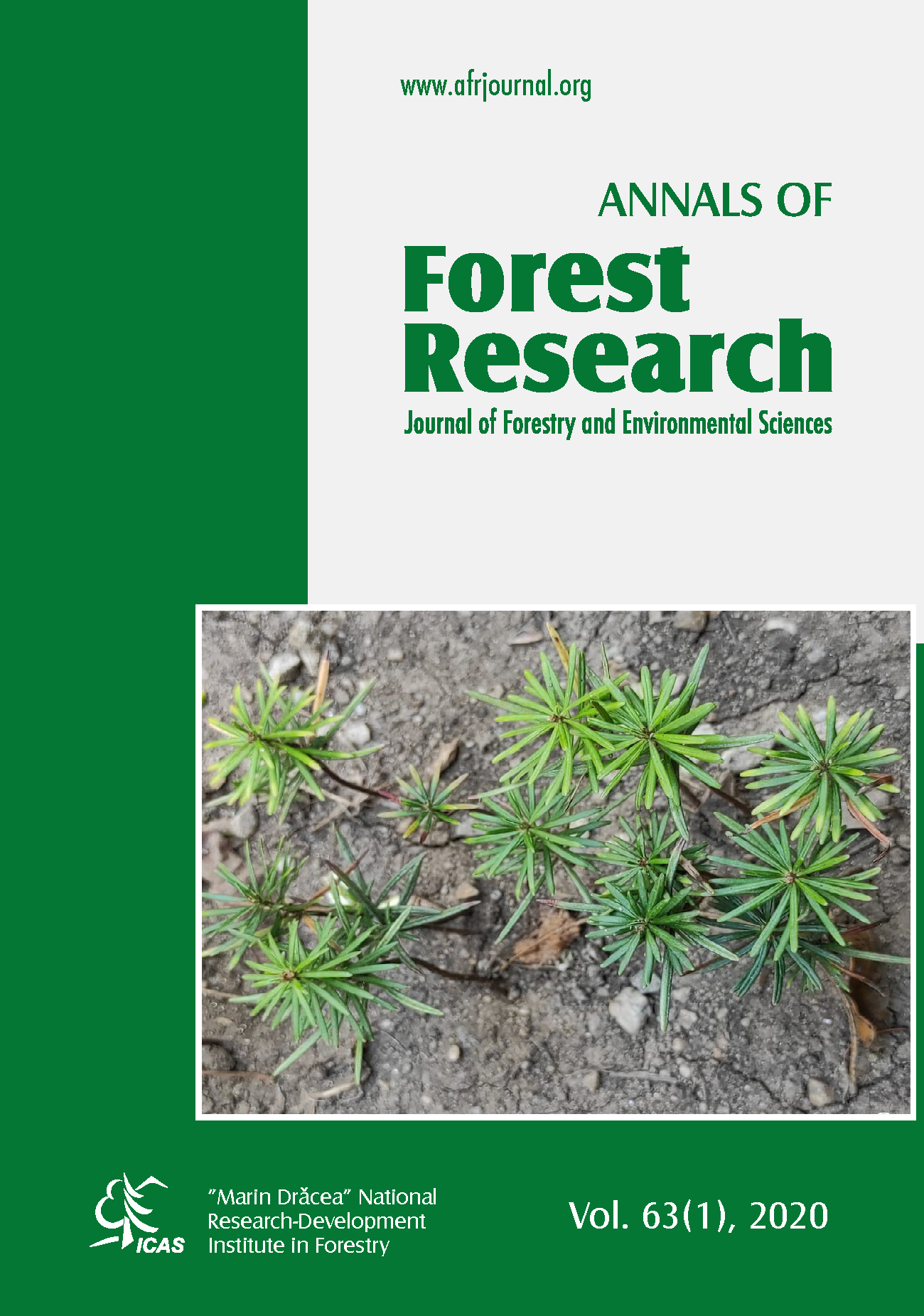COHESIVE MODEL OF NURSING CARE: IMPLEMENTATION AND EVALUATION FOR PATIENTS WITH MULTIPLE SCLEROSIS
Marwa Abdelhamid Mohammed Mahmoud1, Amora Omar Ibrahim Elmowafy1, Shimaa Mohamed Abdou Rizk2
In young and middle-aged people, Multiple Sclerosis (MS) is the most frequent reason for disability. MS affects the central nervous system and is a long-term, inflammatory, demyelinating condition. Aim: evaluate the effect of implementing Cohesive Model of Nursing care on treatment adherence and Self-efficacy among patients with multiple sclerosis. A pre/posttest quasi-experimental research design was adopted. Mansoura University Hospital's neurology outpatient clinics and department, Egypt serves as a Setting for the study. Sample: 81 patients were recruited to conduct the study. Data were collected through 4 tools; Tool I: a structured interviewing questionnaire, Tool II: Multiple Sclerosis Knowledge Questionnaire (MSKQ), Tool III: Multiple Sclerosis Treatment Adherence Questionnaire, Tool IV: Multiple Sclerosis self efficacy scale (MSSS). Results showed improvement in mean scores of knowledge, adherence, and self-efficacy in the studied periods pretest, posttest and follow up and found self-efficacy improvement in from pretest with mean 20.70 to 66.48 in posttest and 63.63 in follow up, for level of knowledge in pretest 9.70 and improved to 16.22 in posttest then to 14.67 in follow up. Mean score for adherence improved from pretest with mean 44.83 to 54.30 in posttest and 50.90 in follow up. Conclusion: Cohesive nursing care implementation had a significant impact and improvement on fostering knowledge level, treatment adherence, and self-efficacy among MS patients and can be adopted as a standard model of care. Recommendations: Establishing a consistent nursing care approach through the cohesive model of nursing care to further MS patients in other MS units

